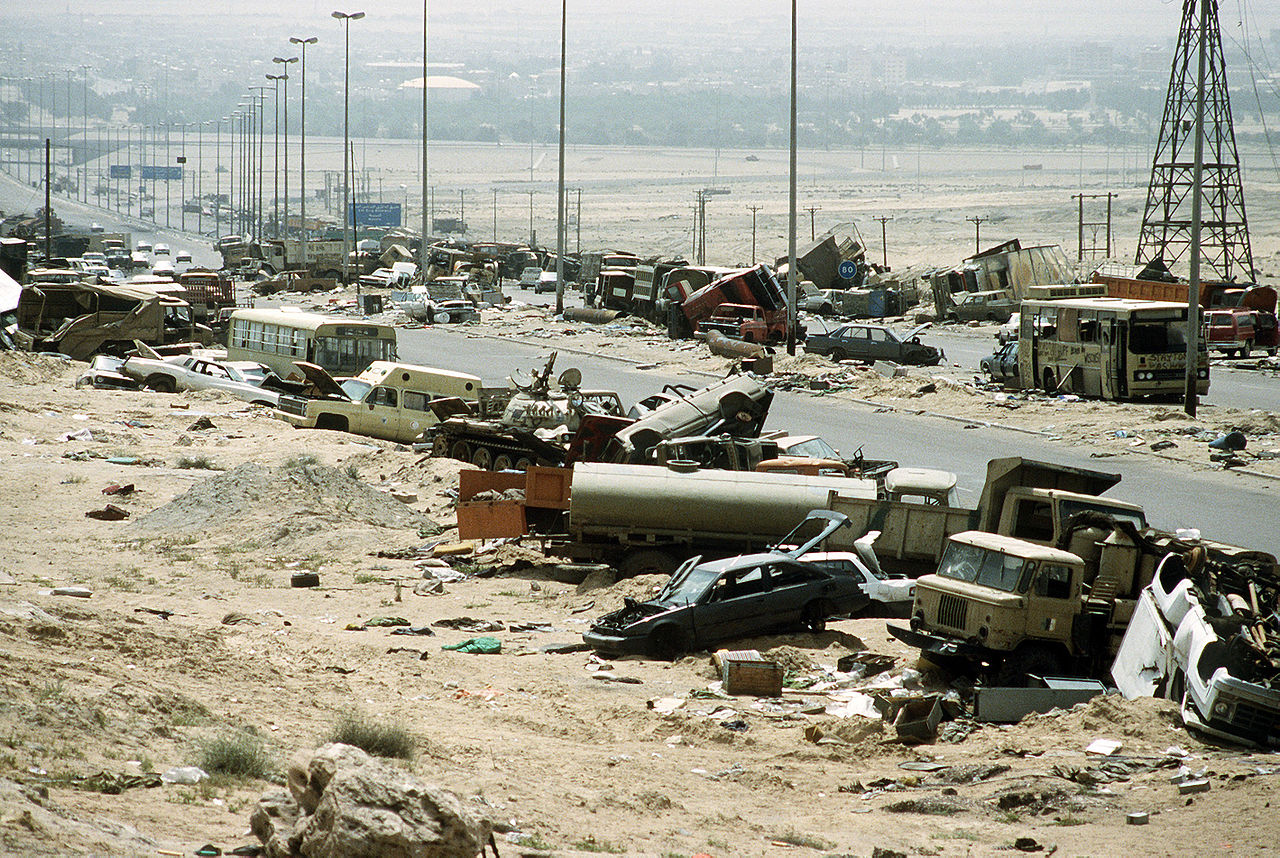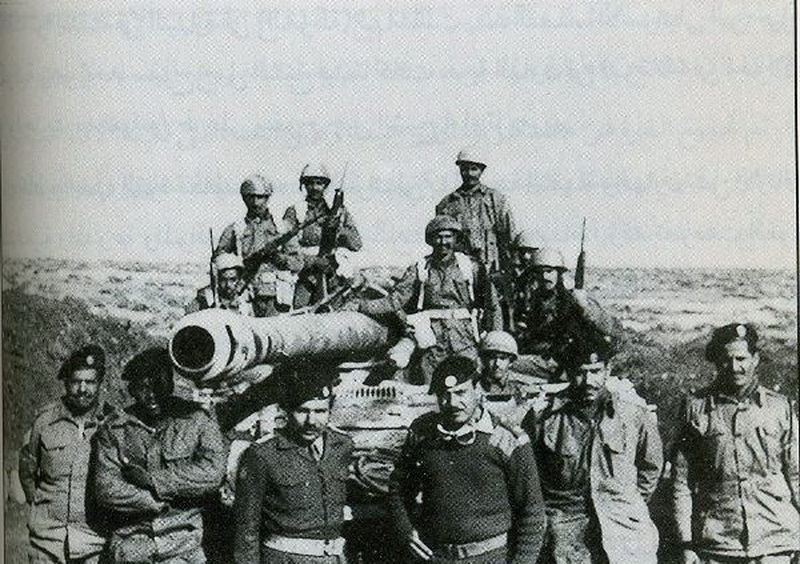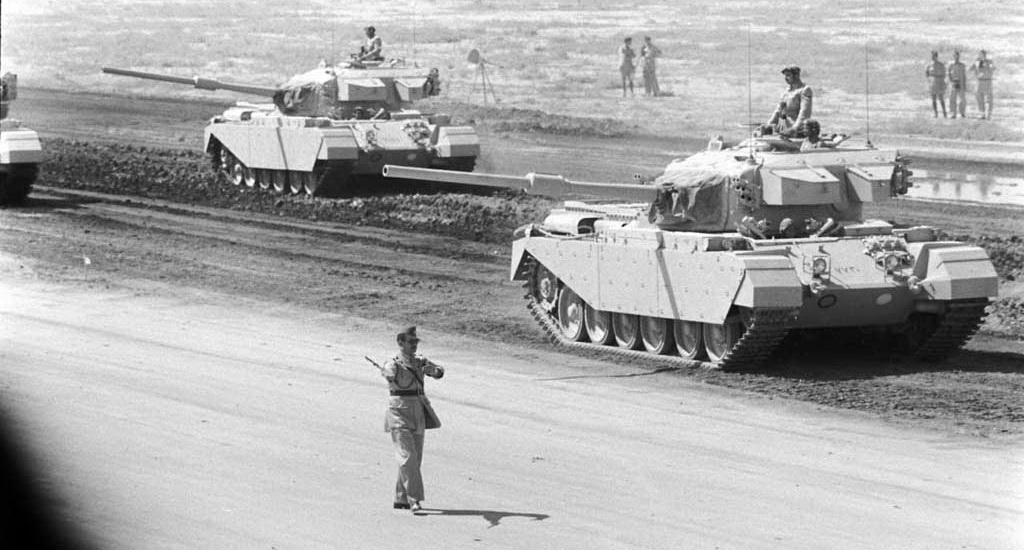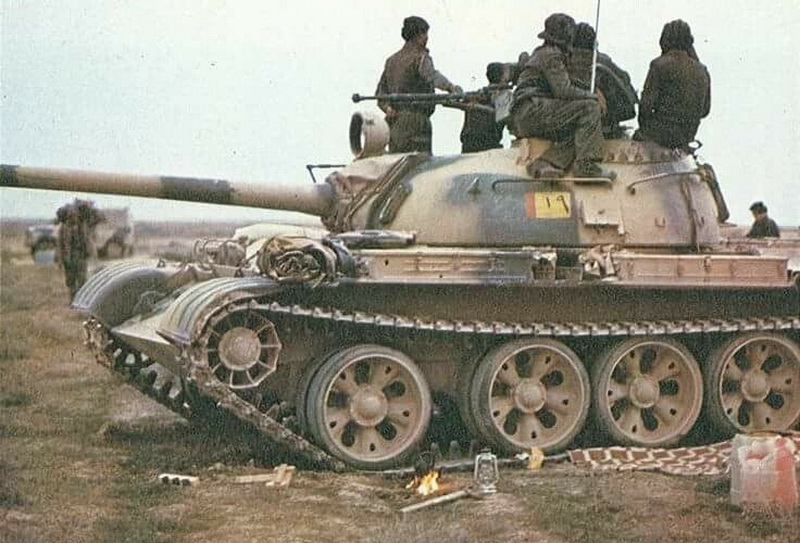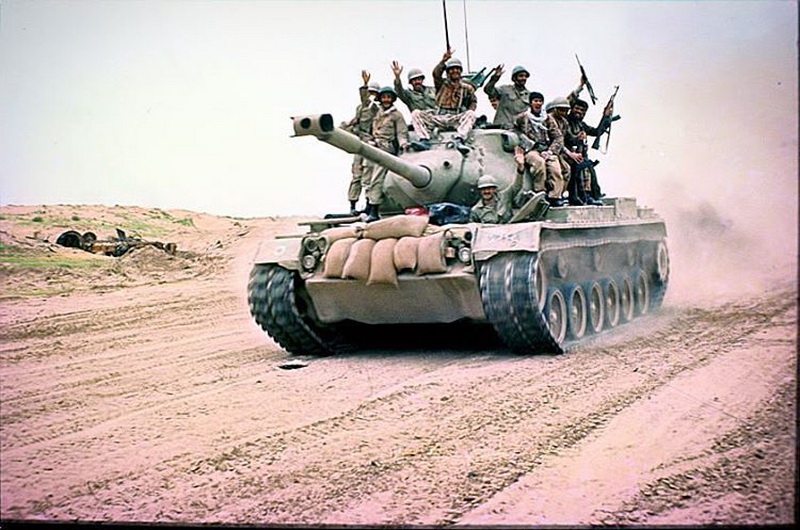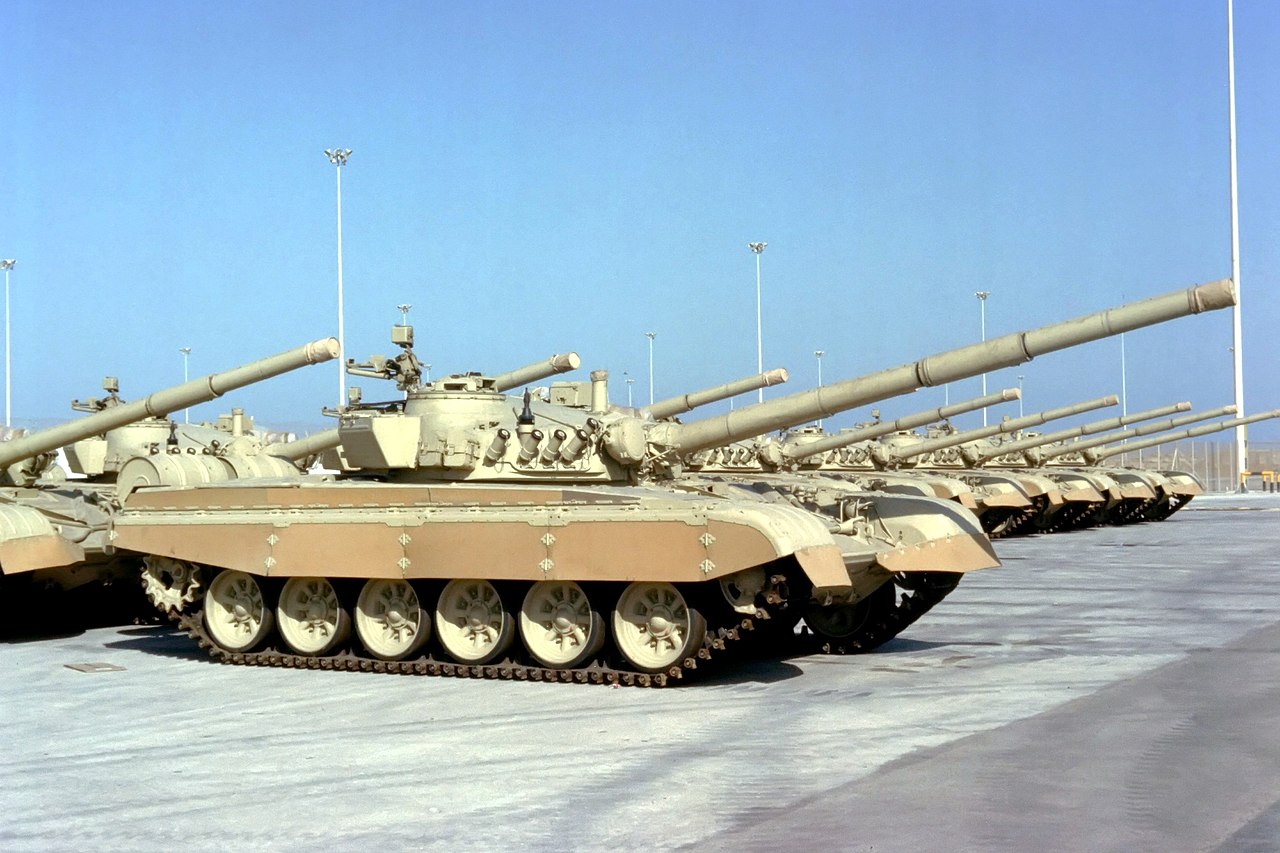
Feb 2, 2021
Majestic Trials - Alpha Strike Games
This is a fairly large update and introduces the final major feature, riding (mounts). All trials have unique music tracks, and progress to a 1.0 release is near.
- Mounts
- Music track for the Trial of Clouds
- Music track for the Trial of Faes' Lake
- Music track for the Trial of Succession
- Map fix for small issue of the Trial of Alleys
- Fix potential crash during opponent's turn after the portal has appeared
- Fix issue with door lock state over saved games
- Fix random crash
- Fix potential game freeze during opponent's turn






